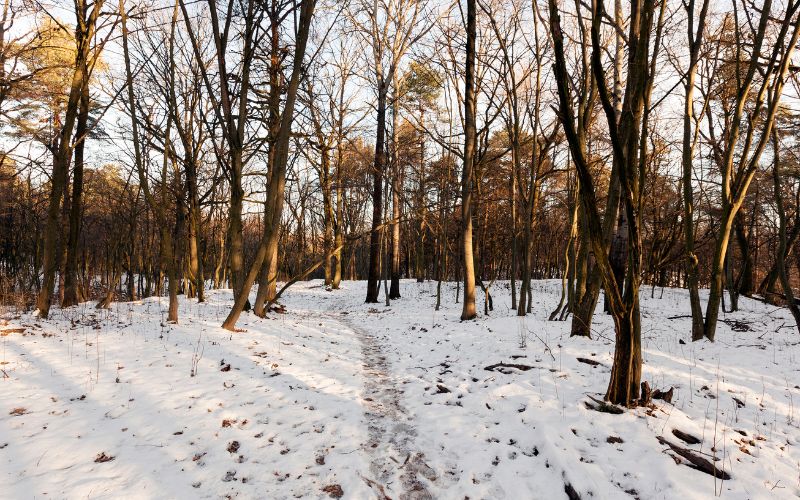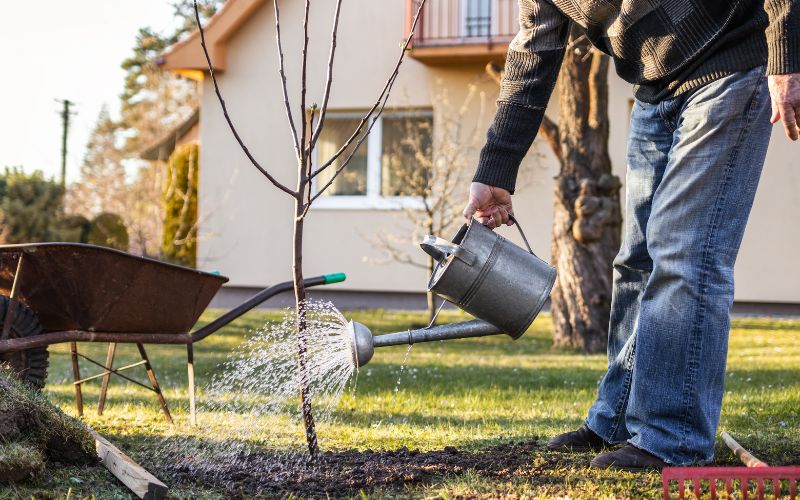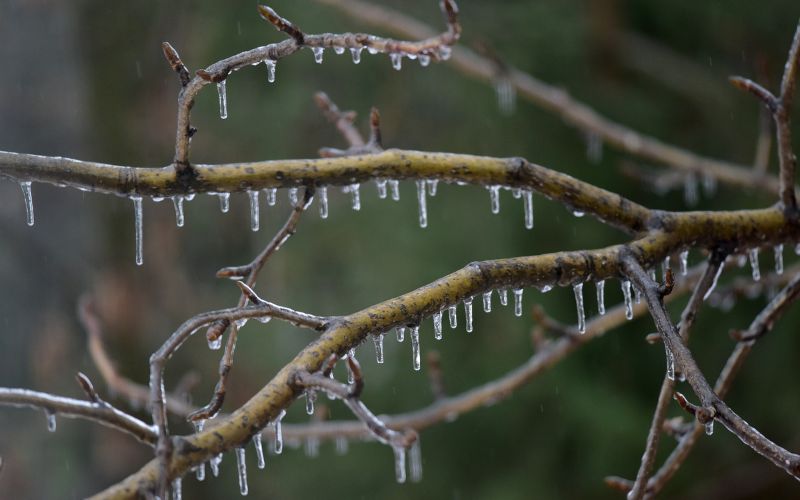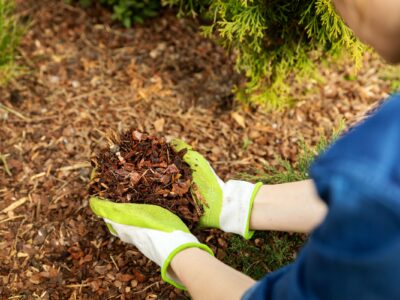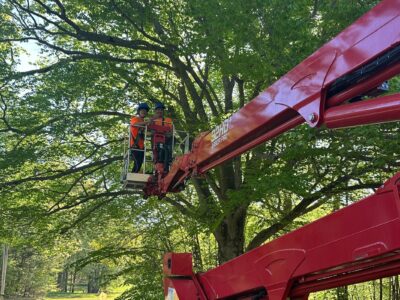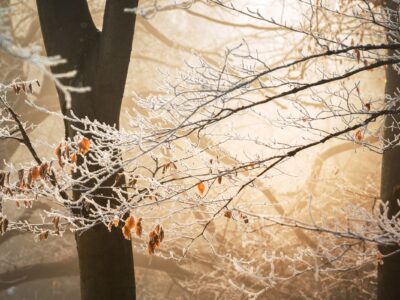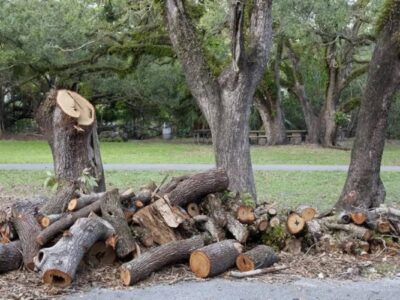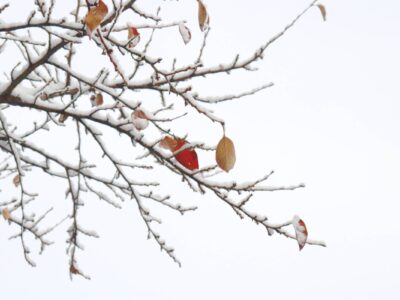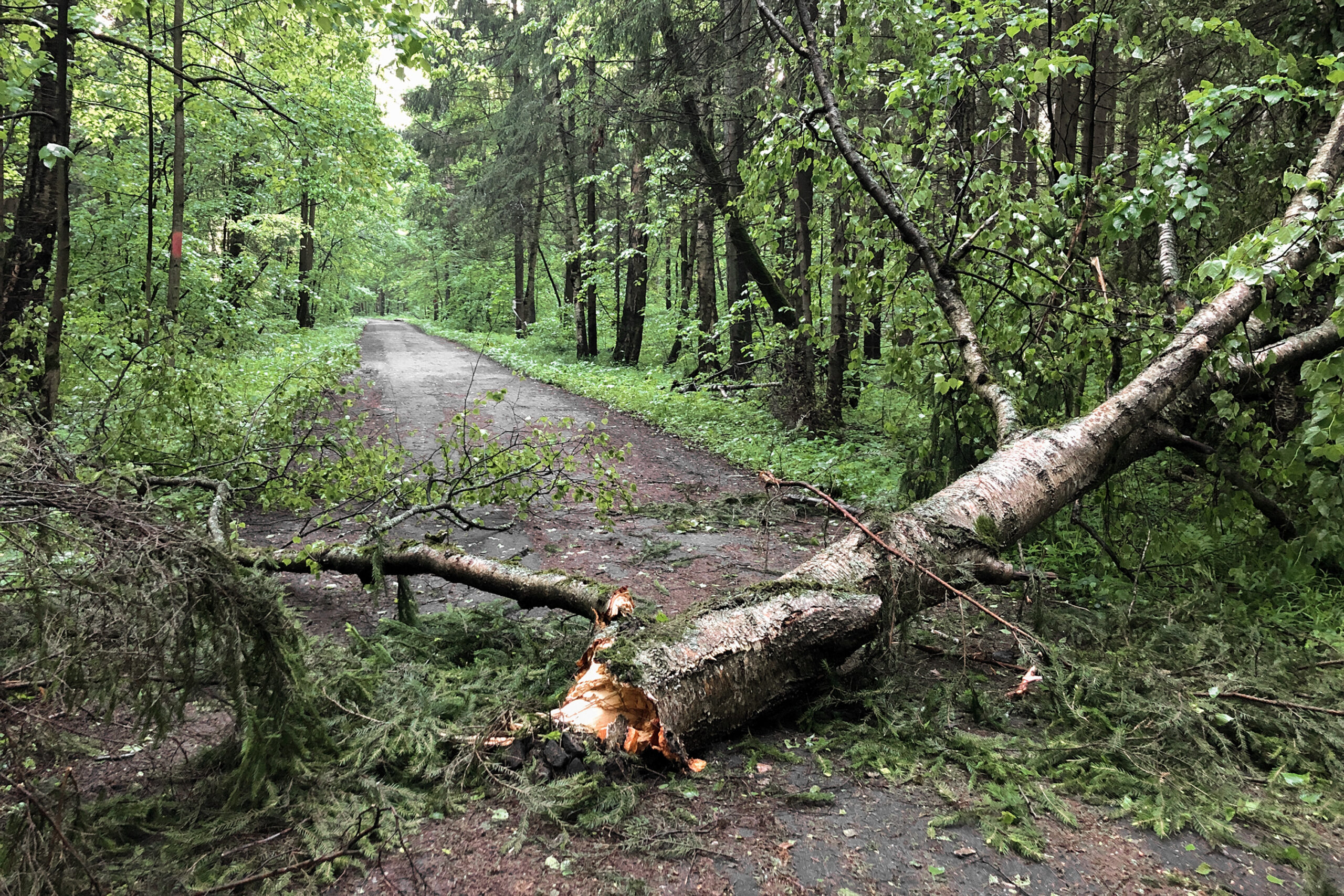Winter Tree Care Checklist for Winston-Salem Homeowners
January 23, 2024
Discover the critical winter tree care tasks that will protect and nurture your trees through the Piedmont Triad’s December to
Winter may bring a chill to the air in the Piedmont Triad, but it shouldn’t put a freeze on caring for your trees. Even though our winters in Winston-Salem are milder than in some regions, your trees still require attention to ensure they’re healthy and vibrant come spring. Here’s your winter tree care checklist so you’ll know how to protect and nurture your trees through the December to February chill.
- Prune while trees are dormant for safer, healthier trees
- Treat trees now to prevent spring pests and diseases
- Water recently planted trees (yes, even in winter!)
- Protect tender trees and shrubs from freezing weather
- Treat trees gently after freezing rain or heavy snow
Understanding Winston-Salem’s Winter Climate
Our winter days hover around 39°F, with lows dipping to around 29°F—sometimes plunging as low as -10F! While we might face plant-threatening frost and around 6 inches of snow, especially in January, these wintery conditions shouldn’t stop you from performing essential tree care tasks.
Key Winter Tree Care Tasks
Given our winter weather, here are the main winter tree care tasks we recommend doing each year between December and February
Prune Trees While They’re Dormant
After the vivid fall colors of oaks, maples, and birches have faded, deciduous trees enter their dormant period. Evergreen trees become dormant too, but their multi-year foliage remains in place through winter (evergreen leaves are shed every few years, mostly during the summer growing season).
Dormancy (December to February) is the ideal time for pruning most of your trees, except for spring-flowering species like dogwood, rhododendron, and forsythias. Spring-flowering trees are best pruned just after they flower, as winter pruning will remove the dormant flower buds that the tree set last summer.
Pruning your trees has many benefits, with long-term tree health being the most important. A regular schedule of professional pruning over a tree’s life gives you:
- Long-term savings on tree care costs, as you’ll have fewer tree hazards and less damage to repair
- Safer, more vigorous tree growth, as branch structures are balanced and tree crowns are open to light and air
- Better-looking, naturally shaped tree crowns, instead of crowns shaped by corrective pruning
- Increased property value, as mature, well-kept specimen trees are more valuable than young trees.
Pro Tip: Leave pruning to the experts. Godspeed Tree Service’s ISA-certified arborists ensure quality care tailored to each tree’s needs. Plus, we’ll haul away everything we prune off, leaving your garden tidy and ready for spring.
Pre-emptive Spring Pest Control
Most tree pests are dormant in winter (except deer – they never take a break!), making it a good time to plan your prevention strategies.
For example, if you have trees with cankerworm damage, the first winter freeze is the time to band your tree trunks.
DID YOU KNOW?
Cankerworms have a taste for apples, oaks, maples, beech, hickory, elm and other deciduous tree species, and can seriously damage these trees, especially after several consecutive years of defoliation. Cankerworm pupae overwinter in the soil around the trees they eat, and hatch in late winter or early spring (often during warm spells in February and March). When the larvae hatch, they head back up the tree’s trunk to eat new spring leaves.
To stop cankerworms and similar pests, put a band of flexible material around your trees’ trunks (it should be crinkled, pleated, or spun like batting to plug up any fissures in bark). Coat it with Tanglefoot or a similar sticky material to stop the larvae from crawling over the band and reaching your tree’s crown.
Over the course of the winter, check the bands to make sure the sticky coating has not become choked with wind-borne debris or too many dead larvae. Cover any clogged bands with a band of plastic wrap and a new layer of sticky material. If the surface is no longer sticky, larvae will crawl over the debris and continue up the trunk, so keep ahead of these pests and keep your trees healthy and leafy.
Keep Watering Recently-Planted Trees & Shrubs
If you have an irrigation system, check it before turning it off for the winter. Fix any breaks or leaks so that you have everything ready for the following spring’s warm weather. And don’t forget to blow it out with an air compressor to prevent supply lines from freezing!
If there are periods of warm, dry weather during winter. Dehydration can seriously stress your trees during dormancy (as well as during hot spring and summer weather) as a tree’s root and vascular systems never stop working. Even during dormancy, trees keep their internal moisture level and the pressure level of their system of “water pipes” regulated by transferring water from their roots up to their trunk and branches.
If you have newly-planted trees, supplemental winter watering during warm, dry spells is especially important. The limited root systems of young and recently planted trees can’t reach far into the surrounding soil to find water, and the tree can quickly become dehydrated.
Protect Tender Shrubs from Frost or Freezes
Broadleaf evergreens are susceptible to winter die-back when exposed to cold, dry weather, especially when planted in sunny or windy locations. Road salt and de-icing products are easily sprayed on nearby plants by passing vehicles, damaging (and sometimes, even killing) unprotected plants.
Wrap your broadleaf evergreen shrubs, as well as plants exposed to winter road salt or de-icing products, in burlap to protect them over the winter. It’s best (and easiest) to get the wraps in place before it gets too cold (frozen fingers make everything more difficult!).
Wrapping also prevents deer browsing, and we all know how hungry deer can quickly reduce a shrub or tasty arborvitae to nothing but stubs!
Don’t forget to remove the wraps as soon as temperatures rise in spring.
After a particularly cold spell, check tender trees and shrubs for signs of freeze damage.
Help Trees & Shrubs After a Snowfall or Freezing Rain
Although the greater Winston-Salem area doesn’t get many snowstorms, they can cause serious damage to trees and shrubs when they hit. Just think back to December 9, 2018, when the entire area saw about a foot of snow within 24 hours!
However, we do get plenty of freezing rain and sleet most winters, with ice buildup breaking branches, pulling down power lines, and even toppling trees. After ice (or snow) has covered your trees and shrubs, here’s what to do:
- Check for signs of potential danger, such as tree branches touching power lines, trees or branches in the road or blocking your driveway, and broken branches (those hanging from a tree are particularly dangerous). Don’t go near these – call the utility company or a tree care professional to take care of it.
- Clean up smaller dropped branches on the ground or broken branches you can reach without a ladder. Don’t use power tools on ice-covered plants and don’t work under a tree that’s coated in ice or snow!
- Don’t knock ice or snow off branches – you’ll just end up damaging the tree or shrub. It’ll melt off by itself.
For the rest, wait until spring or toward the end of winter. Most trees and shrubs that have been bowed down by the extra weight of ice or snow will recover on their own by spring.
If they haven’t straightened out by then, give us a call to evaluate whether or not they can be saved. If a broken branch has torn bark off the tree or left a jagged stump, the tree will need corrective pruning before spring bud break.
Embrace Winter Tree Care for a Greener Spring
While you may not normally think about tree care during the dreary days of winter, it’s an excellent time to take care of some preventive maintenance, have your trees professionally pruned, and give trees and shrubs a little extra TLC.
If you’re unsure about what to do, don’t have time or energy to take care of it, or want a professional assessment of your trees, just give Godspeed Tree Care a call at 336-399-8348! All we do is care for trees and we can help take care of yours, too.

Godspeed Tree Service
Owned and operated with high standards and consistent reliability by Bobby Gates, Godspeed Tree Service has earned the trust of the North Carolina Triad community over the course of more than 25 years in business. With a strong emphasis on safety, conscientious training, and accommodating the needs of each client, you can't go wrong by hiring Godspeed for any of your tree service needs!
